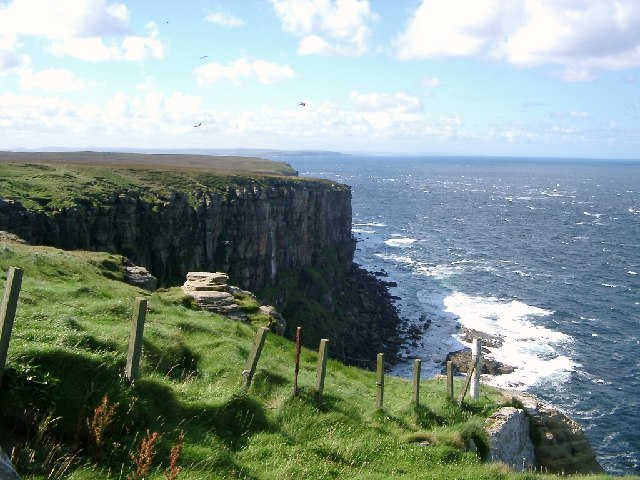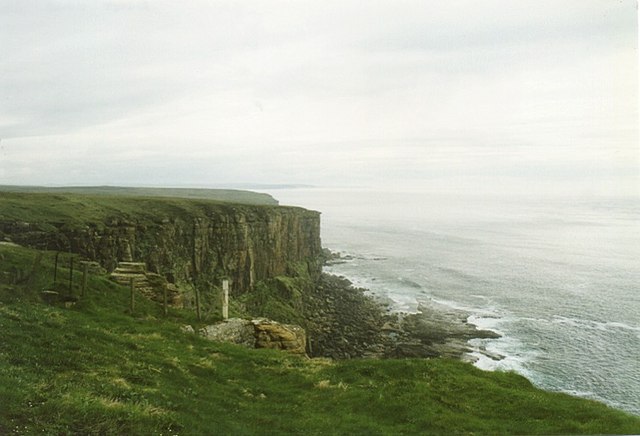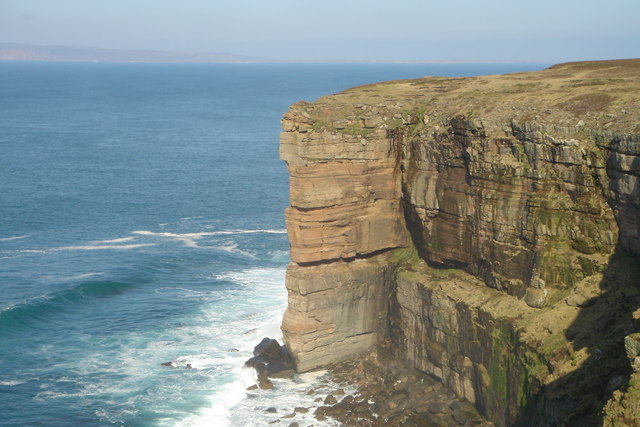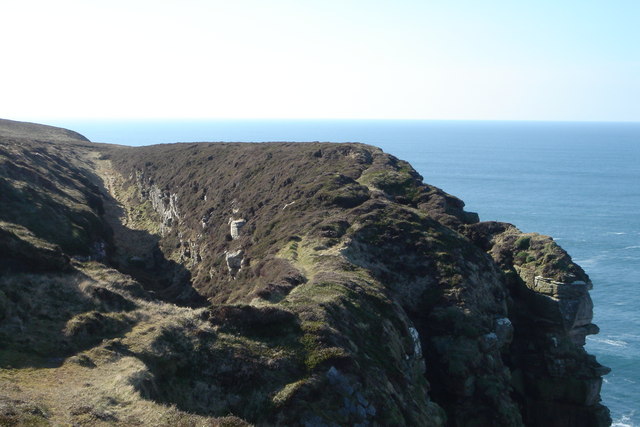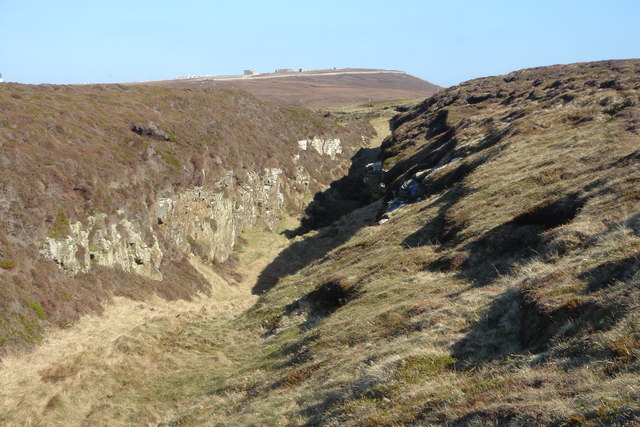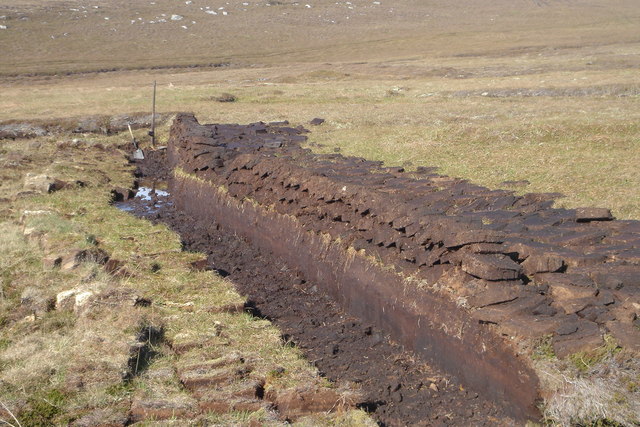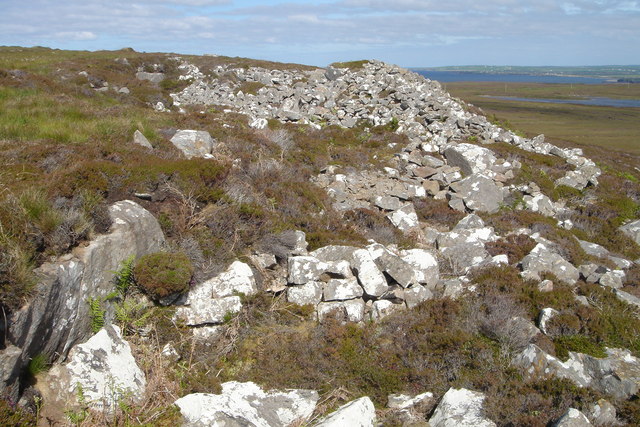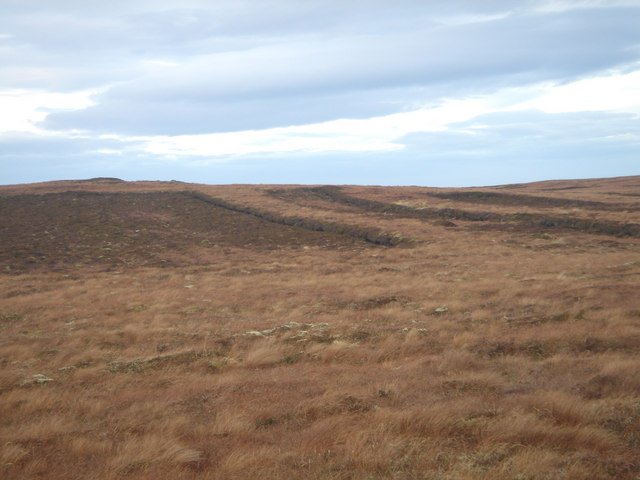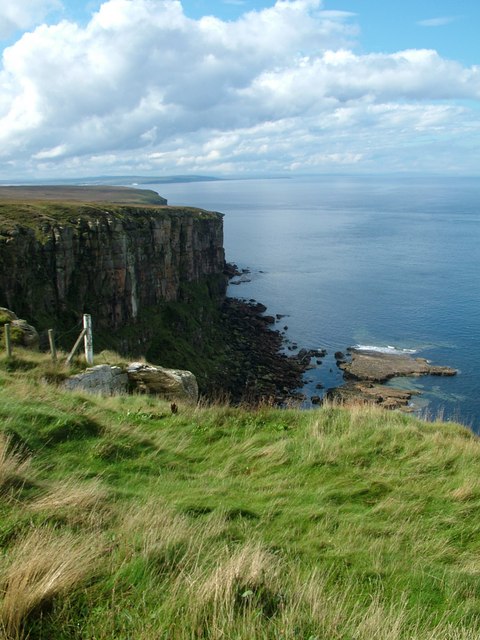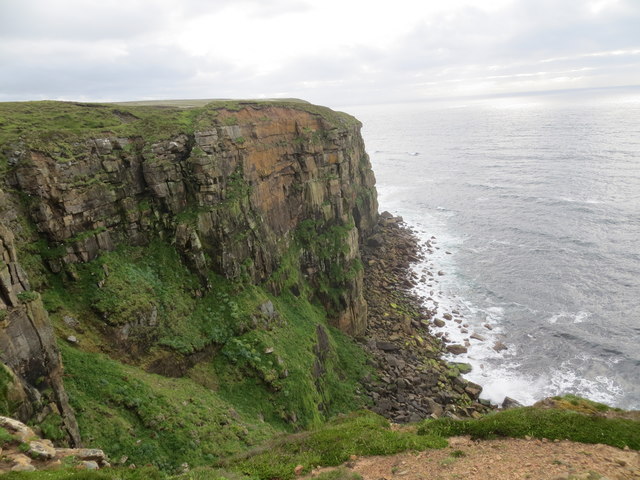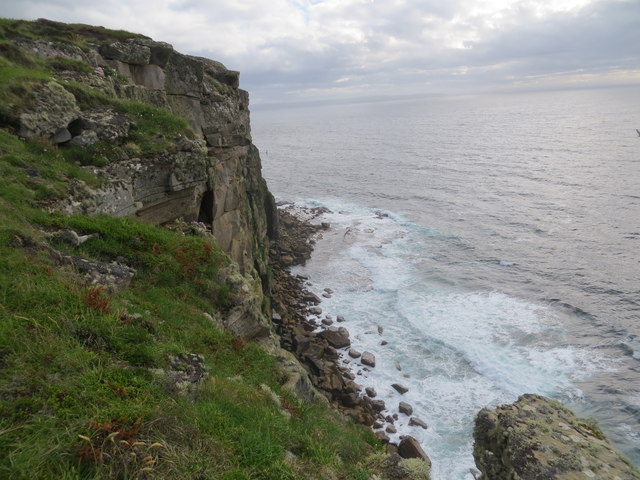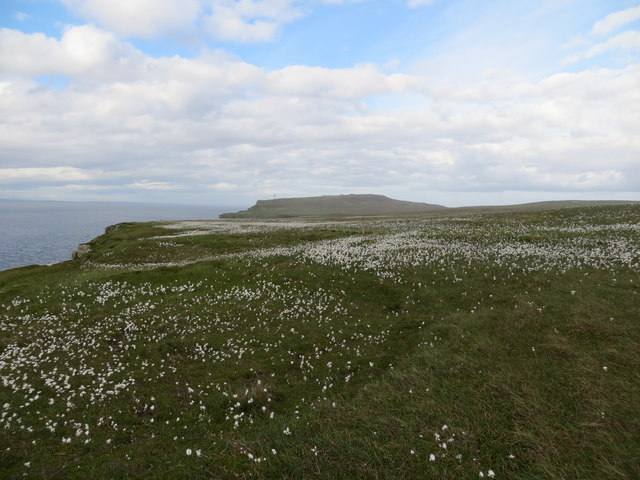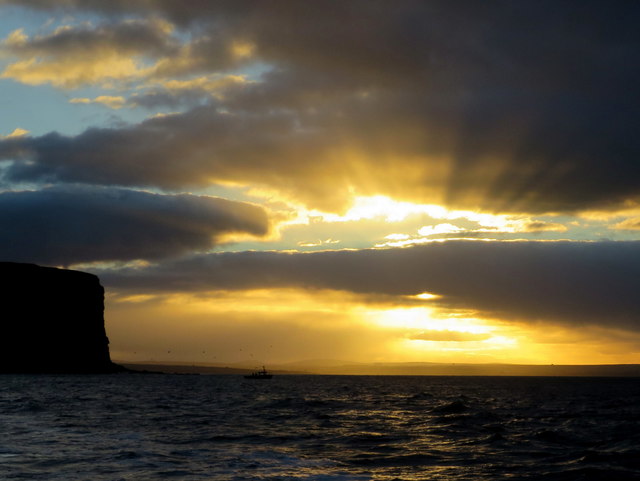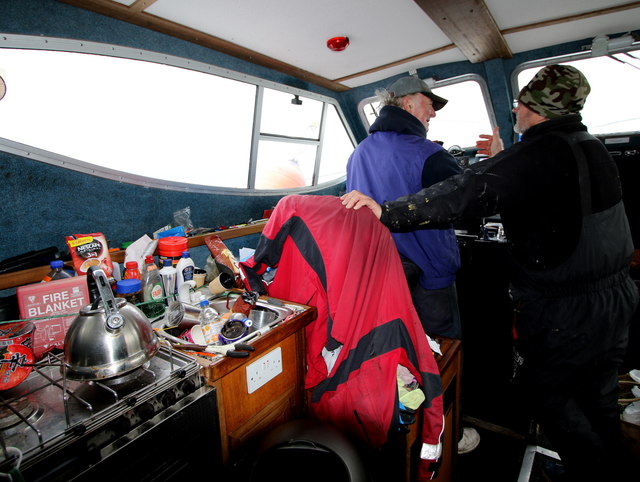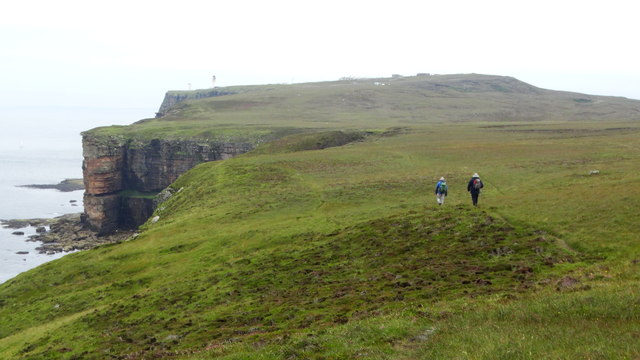Dunnet Head
Hill, Mountain in Caithness
Scotland
Dunnet Head
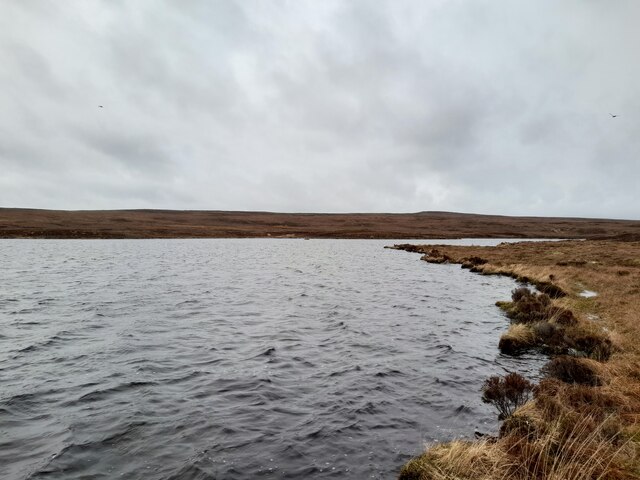
Dunnet Head is a prominent hill located in the county of Caithness, in the northernmost part of the Scottish mainland. Standing at an elevation of 82 meters (269 feet), it is often referred to as the northernmost point of mainland Britain. The hill offers breathtaking panoramic views of the surrounding coastline, making it a popular destination for nature enthusiasts and tourists alike.
Situated near the small village of Brough, Dunnet Head is characterized by its rugged and dramatic landscape. The hill is predominantly covered in heather and grass, with scattered patches of gorse and wildflowers adding vibrant colors to the terrain. Its rocky cliffs and steep slopes provide a habitat for various bird species, including puffins, guillemots, and razorbills, making it a designated Site of Special Scientific Interest.
Visitors to Dunnet Head can enjoy a range of activities, such as hiking along the well-maintained trails that wind their way up the hill. The paths offer stunning views of the North Sea, the Orkney Islands, and the nearby Dunnet Bay. On clear days, it is even possible to catch a glimpse of the Old Man of Hoy, a famous sea stack located off the coast of Orkney.
In addition to its natural beauty, Dunnet Head is also home to a lighthouse, which was built in 1831 and still operates today. The lighthouse serves as an important navigational aid for ships passing through the Pentland Firth, one of the most treacherous stretches of water in the British Isles.
Overall, Dunnet Head is a captivating destination that showcases the raw beauty of the northern Scottish landscape while offering a glimpse into the region's rich maritime history.
If you have any feedback on the listing, please let us know in the comments section below.
Dunnet Head Images
Images are sourced within 2km of 58.669163/-3.3723685 or Grid Reference ND2076. Thanks to Geograph Open Source API. All images are credited.
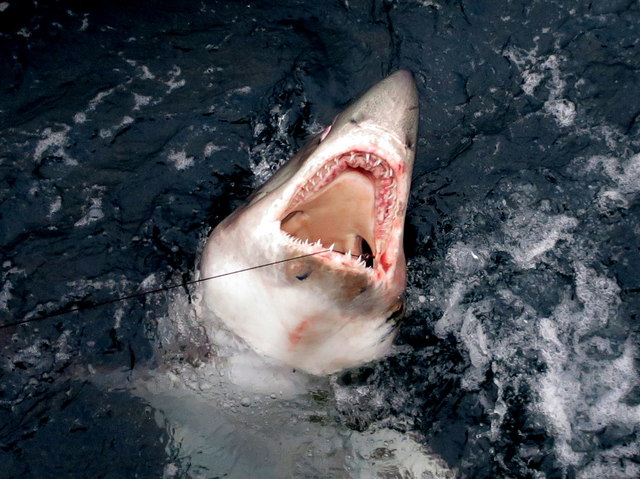
Dunnet Head is located at Grid Ref: ND2076 (Lat: 58.669163, Lng: -3.3723685)
Unitary Authority: Highland
Police Authority: Highlands and Islands
What 3 Words
///smiled.ferried.scanty. Near Thurso, Highland
Nearby Locations
Related Wikis
Dunnet Head Lighthouse
Dunnet Head Lighthouse is an active 19th century lighthouse that stands on the 300-foot (91 m) cliff top of Easter Head on Dunnet Head. The lighthouse...
Dunnet Head
Dunnet Head (Scottish Gaelic: Ceann Dùnaid) is a peninsula in Caithness, on the north coast of Scotland. Dunnet Head includes the most northerly point...
Brough Castle (Caithness)
Brough Castle is a ruined castle near Brough, Caithness. It is believed to date from the 12th to 14th centuries. == Description == The foundations of...
Brough, Caithness
Brough is a small village (population 66) in Caithness in the North of Scotland. It is located on the B855 single-track road, the most northerly numbered...
Nearby Amenities
Located within 500m of 58.669163,-3.3723685Have you been to Dunnet Head?
Leave your review of Dunnet Head below (or comments, questions and feedback).
